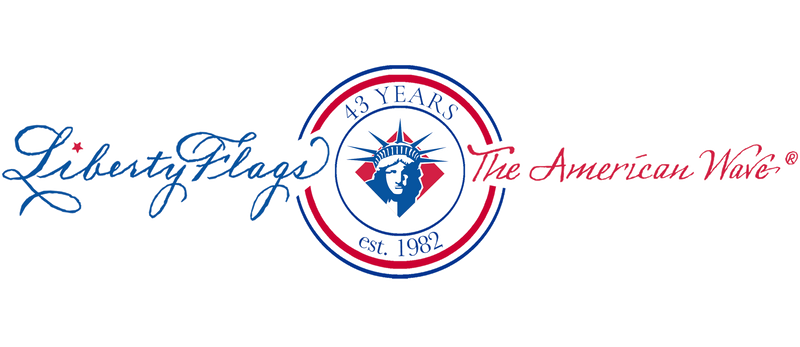
The Season for Stars and Stripes: fixing a torn flag
Summer in the U.S. means flag flying, Independence Day celebrations, and the swelling of national pride at a time of year when everywhere you look, you'll see a U.S. flag flying from a flagpole.
The right breeze can open an American flag and make it look as beautiful as ever. But accidents also happen, and too much wind or weather can cause a flag to fall or become damaged.
Take, for instance, the circumstances of this person who wrote to us:
"When I got home from work today my American flag was on the ground. We have a bracket on the house with a pole. There was a storm and I guess it blew the flag and pole out of the bracket. My neighbor told me I can’t fly it anymore since it touched the ground. Is that true?"
This is a common question; Should a U.S. flag that touches the ground should be immediately retired?
We always refer to the United States Flag Code...
The U.S. Flag Code does read that, out of respect, "the flag should never touch anything beneath it, such as the ground, the floor, water, or merchandise."
However, the code does not state that the flag cannot be displayed anymore since it touched the ground. The intention here is that a U.S. flag on display should not be touching anything beneath it. So no, the flag in this scenario does not need to be retired.
The next implied question is, "what should be done with a flag that is soiled or torn as a result of the storm?" Here are the simplest, most effective ways to determine if a U.S. flag ought to be flown after falling...
4 Guidelines to Help You Determine if a Fallen Flag Should Fly Again:
- If a soiled flag can be properly cleaned, it can be displayed again.
- If the soil does not come out, the flag should be properly retired.
- If the flag was torn, it should be properly mended.
- If the flag cannot be mended, it should be properly retired.
If you have other flag flying questions, just call us. We would love to help!

Was This Information Useful To You?
Do you have suggestions for information you'd like to see here? If so, please send them our way!
Please send all of your suggestions or questions to service@LibertyFlags.com. We want to hear from you!
Have a great day, from your friends at LIBERTY FLAGS, The American Wave®.

